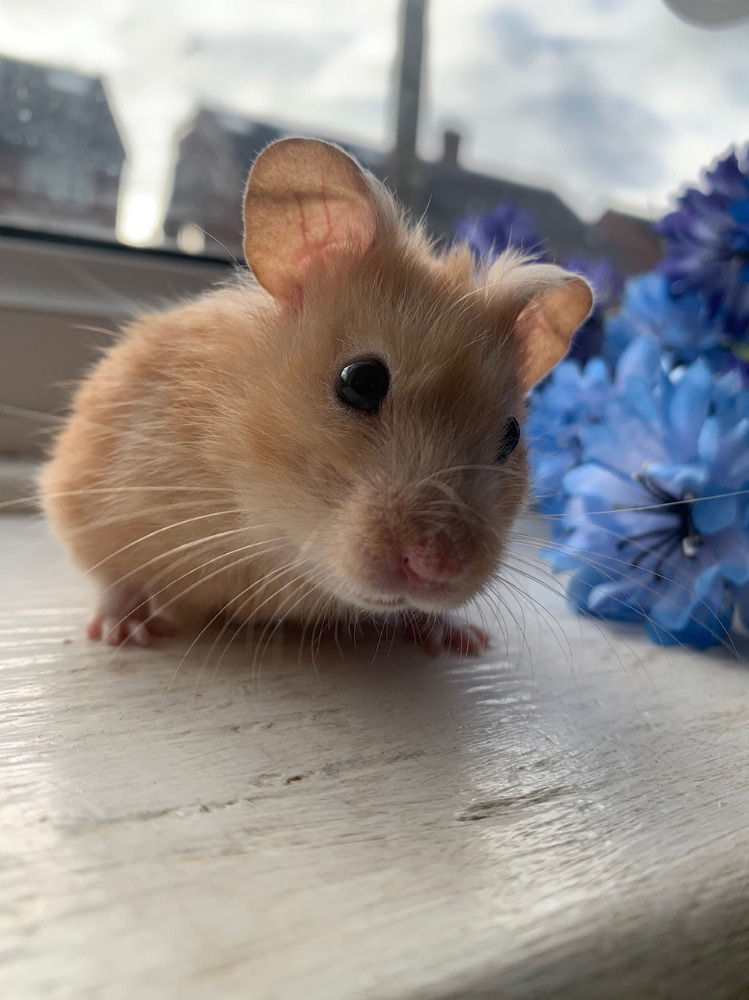, and chewing materials keep them engaged. You can create obstacle courses with tunnels for your hamster to explore or hide treats in their bedding to stimulate their natural foraging instincts. Regular interaction, playful activities, and mental stimulation will help ensure your hamster remains happy and healthy.
Key Takeaways
- Understanding different hamster types is crucial for selecting the right pet.
- Syrian hamsters are larger, solitary, and more interactive, while dwarf hamsters are smaller and generally more social.
- Proper care includes selecting the right habitat, maintaining a balanced diet, and ensuring regular interaction.
- All types of hamsters need mental stimulation and playtime to stay healthy.
FAQ
1. What is the lifespan of a hamster?
The average lifespan of a hamster varies by type. Syrian hamsters can live between 2 to 3 years, while dwarf breeds often have slightly longer lives, sometimes reaching 3 to 4 years. Care, diet, and living conditions significantly influence their lifespan, making proper care essential for a longer, healthier life.
2. How often should I clean my hamster’s cage?
It’s essential to clean your hamster’s cage regularly to maintain hygiene and a pleasant living environment. Spot clean daily to remove soiled bedding, and perform a thorough cleaning at least once a week. Ensure you use animal-safe cleaning products to avoid harming your pet and allow the habitat to dry completely before placing it back together.
3. Can I house two hamsters together?
Housing hamsters together depends on the breed. Syrian hamsters are territorial and should be kept solo, while dwarf hamsters, like Dwarf Campbell’s or Winter Whites, can sometimes live together if introduced at an early age. Always monitor their interactions to prevent fights and ensure a harmonious living arrangement.
4. What kind of bedding should I use for my hamster?
Choosing safe bedding for your hamster is important for their well-being. Aspen shavings, recycled paper bedding, and hemp bedding are good options. Avoid cedar or pine shavings, as they can emit harmful oils. Providing suitable bedding will help control odors and give your hamster a comfortable space to nest.
5. What should I do if my hamster is lethargic?
If your hamster appears lethargic, it may be a sign of illness or discomfort. Monitor their behavior closely, and assess their eating and drinking habits. If conditions persist or worsen, it is crucial to consult a veterinarian familiar with small animals to diagnose and treat any potential issues promptly.
6. How do I tell if my hamster is happy?
Signs of a happy hamster include active behavior, exploring their environment, playing with toys, and being responsive during handling. A content hamster will also have a healthy appetite and may groom themselves regularly. Creating a comfortable and enriched environment contributes significantly to their overall happiness.
7. Is it safe to take my hamster outside?
Taking your hamster outside can be a great bonding experience, but it must be done with caution. Always use a secure, enclosed carrier, and keep your hamster safe from potential hazards. Ensure the temperature is mild, as extreme weather can stress your pet. Supervised outdoor play in a secure environment can allow them to explore new smells and textures.
With thoughtful attention to the needs of each hamster type, you can ensure a happy and healthy relationship with your new furry friend. Understanding their specific behaviors, housing requirements, and care routines is essential for becoming a successful hamster owner. Enjoy your journey into the delightful world of hamsters!
